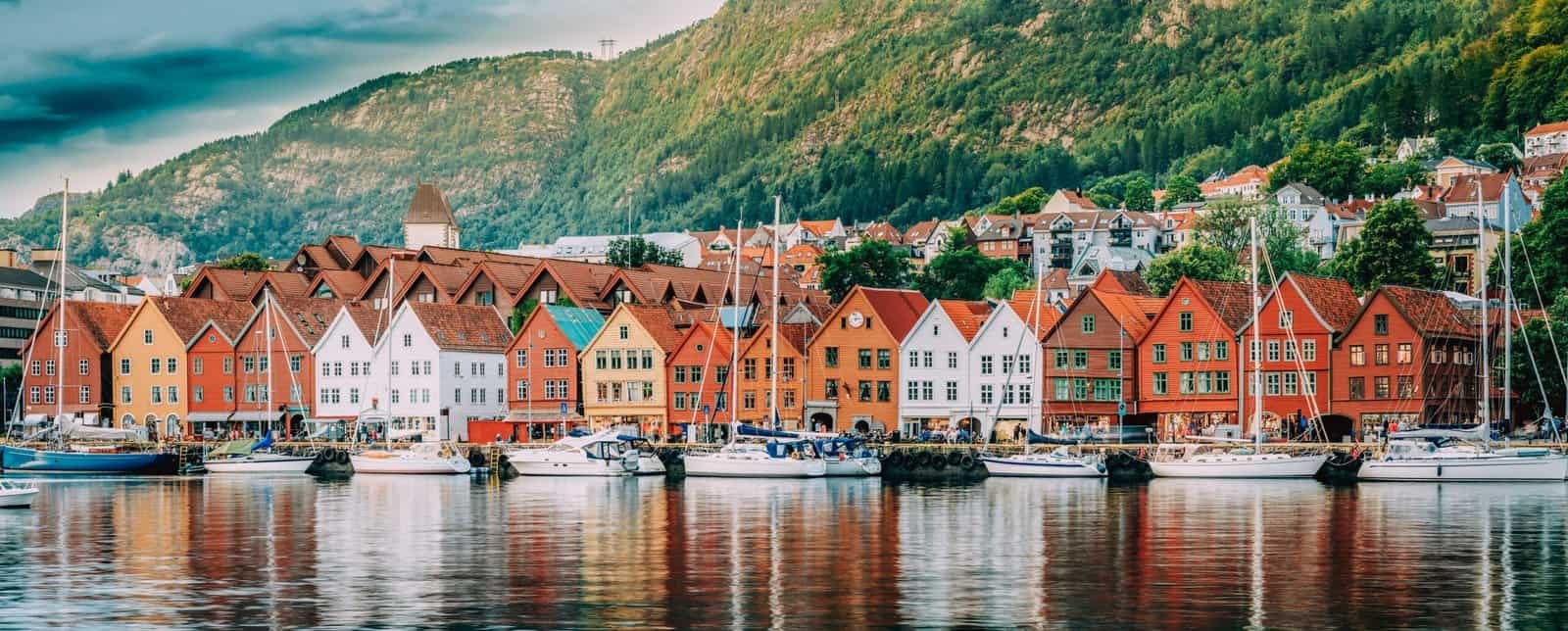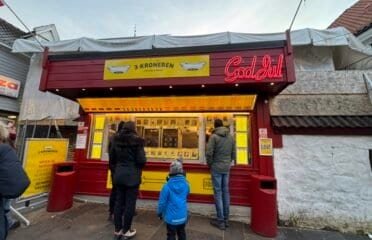Bryggen Introduction
Bryggen Hanseatic Wharf, located in Bergen, Norway, is a UNESCO World Heritage Site that provides a fascinating insight into the country’s medieval history and maritime traditions. This lively and historic area is known for its vibrant wooden structures, winding alleyways, and rich cultural significance. Visitors can delve into the remnants of the Hanseatic League’s trading empire, explore the city’s earliest historical sites, and soak in the lively atmosphere of this iconic waterfront area.
Bryggen History
Bryggen boasts a rich and intricate history that dates back to the 11th century. Originally a Norwegian wharf, it thrived between the 14th and 16th centuries as a key trading center within the Hanseatic League. The area has suffered from several destructive fires, notably the catastrophic fire of 1702, which left the city in ruins. Nevertheless, Bryggen has been carefully reconstructed, maintaining its original medieval charm. Today, it serves as a symbol of Norway’s maritime legacy and cultural vibrancy.
How to Get to Bryggen
Bryggen is situated in the center of Bergen, Norway. The closest airport is Bergen Airport, Flesland (BGO), located approximately 20 kilometers from the city center. From the airport, you can reach Bryggen by taxi, bus, or rental car. The city center is pedestrian-friendly, and many attractions are within walking distance.
Bryggen List of Attractions
- Bryggen Museum: This museum displays archaeological discoveries from the 1955 excavations, offering insights into daily life in medieval Bergen.
- Hanseatic Museum & Schøtstuene: This museum provides a look into the lives of Hanseatic merchants, including their social structure, meals, and leisure activities.
- St Mary’s Church: The oldest and tallest structure in Bryggen, built between 1130 and 1170.
- Bellgarden Building: A historic 300-year-old building that is part of the renowned Fish Market.
- Fish Market: One of Norway’s most popular outdoor markets, offering seafood, fruits, and vegetables.
- Bredsgården: The most authentic of the gård buildings in Bryggen, first documented in 1310.
- Narrow Alleyways (Smau): Wander through the intricate passages that weave through the district, revealing Bergen’s rich history and hidden gems.
Bryggen Ticket Information
No specific ticket is required to access Bryggen itself. However, some attractions within the area may charge admission fees. The Bryggen Museum and Hanseatic Museum & Schøtstuene generally require tickets for entry. It is recommended to verify current admission prices and opening hours prior to your visit.
Tips for Visiting Bryggen
- Visit During Off-Peak Hours: To avoid large crowds and support conservation efforts, plan your visit during off-peak times, particularly in the summer.
- Explore the Narrow Alleyways: Don’t limit yourself to the front of the buildings; venture into the narrow passages to discover unique shops, galleries, and artist studios.
- Enjoy Local Cuisine: Savor traditional Norwegian dishes at one of the many nearby restaurants, such as Bryggeloftet & Stuene or Bryggen Tracteursted.
- Take a Self-Guided Tour: Consider using a self-guided walking tour to explore the area at your own pace and uncover its intriguing history.
- Respect the Historic Site: Be considerate of the area’s historical significance and avoid touching or damaging the wooden structures.
By following these recommendations and exploring Bryggen Hanseatic Wharf, you will gain a richer understanding of Norway’s maritime history and cultural heritage. This distinctive destination is essential for anyone interested in history, architecture, and cultural experiences.















